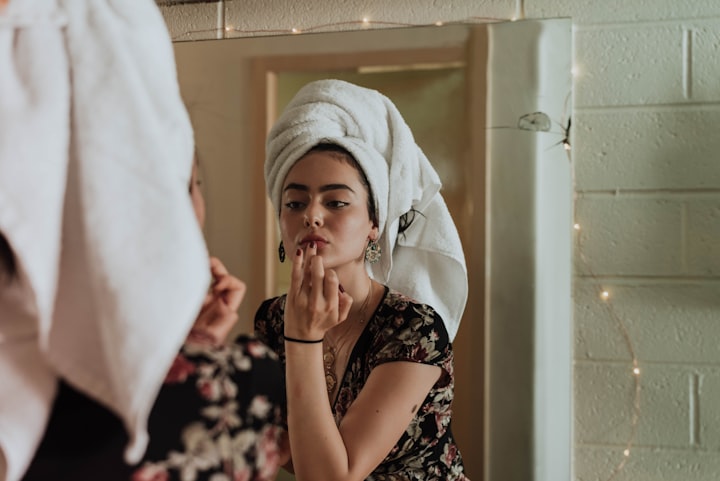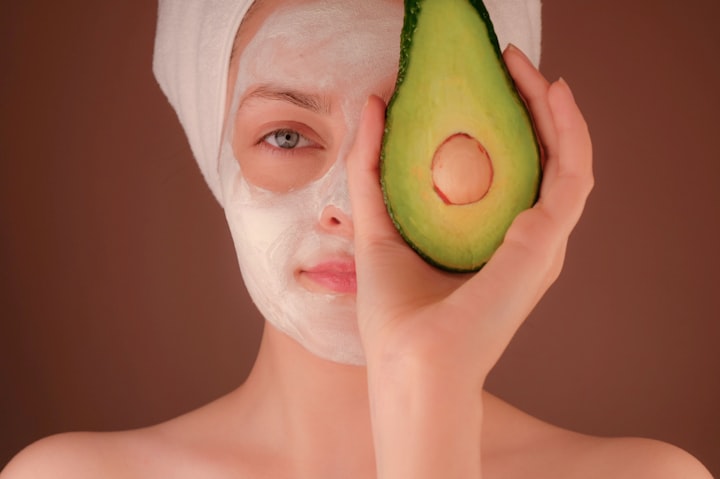
A decent sunscreen will allow you to tan attractively while protecting your skin. Here's how to pick the finest sun tanning oil for you.
I must state that, in moderation, tanning is beneficial to one's health: the sun causes the body to create vitamin D. However, in excessive quantities, UV radiation is already harmful: it raises the risk of skin cancer and hastens the ageing process. Remember that ultraviolet radiation are classified into three types: UVA, UVB, and UVC. UVC rays are the most damaging. They are, however, neutralised by the Earth's ozone barrier. However, specific cosmetics are required to protect the skin from UVB and UVA radiation.. One such product is tanning oil, so named for its structure and consistency. The main, but far from the only component of this product is oil - natural or mineral.
• Coconut oil . Well moisturizes and nourishes the skin, creates a stable lipid film on its surface, which protects from solar radiation, prevents dehydration. Suitable for sensitive skin.
• Shea butter. Differs in good nutritional properties. Soothes the skin and relieves irritation after sunburn.
• Argon oil. Nourishes and moisturizes the skin. Rich in antioxidants. Especially suitable for dry skin.
• Olive oil. Increases skin elasticity. Promotes healing of wounds and injuries. It has anti-inflammatory and moisturizing properties.
The sunscreen effect of tanning oils in most cases is due to the presence of an SPF factor with a protection level of 10-50.

Tanning oil: pros and cons
What are the advantages and disadvantages of such a popular cosmetic product as sunburn oil?
The obvious advantages include the fact that it not only protects the skin from ultraviolet radiation, but also provides care for it thanks to the presence of moisturizing, nourishing ingredients and natural oils, which in turn contain useful substances such as:
• Essential fatty acids . Alpha-linolenic (omega-3) and linolenic (omega-6) acids have antioxidant properties and slow down the aging process of the skin, maintain the natural moisture level of the skin, and maintain its elasticity.
• Omega-9 fatty acid (oleic fatty acid). It has nourishing and protective properties, quickly restores dry skin. Unsaponifiable fats.
• Sterols and vitamin E (tocopherol). They have regenerative properties, strengthen the cell barrier, improving the protective functions of the skin. They have an antioxidant effect, making the skin firmer and more radiant.
Oils are easier and faster to apply to the skin, they lay in an even layer. Unlike sunscreens, they do not leave whitish marks on the skin. Many tanning oils contain bronze pigments or reflective particles that brighten the skin, give it a beautiful tone, and even out the relief.
The main disadvantage of oils is that they are comedogenic - they can clog pores. Therefore, it is better not to apply such funds to the face. It should also be noted that oil worse than cream protects against ultraviolet radiation. Therefore, it will be wiser to use it when the skin is already accustomed to the sun and slightly tanned. Oils also lose water resistance to creams.
How to choose your tanning oil
When choosing your tanning oil, make sure it protects your skin from both UVB and UVA rays. UVB rays cause sunburn and can damage the skin's immune cells, weakening the body's defenses. UVA rays are able to reach the middle layers of the dermis and destroy its structural components, accelerating the aging process. Be guided by your phototype as well. If you have light, sensitive skin, prone to pigmentation, the optimal protection factor is at least 50. In other cases, 10 to 20 will be enough.

All UV protection products contain either absorbent organic filters or screens - inorganic particulate matter that reflects UV rays (titanium dioxide, zinc oxide, or a combination of both). Filters convert solar energy into thermal energy, the screens remain on the surface of the skin. Filters provide better protection as screens are easy to wipe off. However, filters are more likely to cause allergic reactions. If you are allergic or suffer from dermatological conditions, choose oil with mineral screens. Some filters, such as oxybenzone and retinol palmitate, are considered hazardous to health and should be avoided. Quality oil must be resistant to water and sweat.
So-called dry oil can be a good choice. It can be identified by the dry oil marking. Dry oils are less dense in consistency, are quickly absorbed without leaving a sticky film on the skin. Such a remedy is non-comedogenic, it is also suitable for oily skin. It can be applied to the face.
How to use tanning oil
The oil must be absorbed into the skin before you go outside. Therefore, it should be applied in 20-30 minutes, about 2 tablespoons on the body. Update every 2-3 hours. Do not use expired tanning oil - it will lose its performance and may cause an allergic reaction.
Natural oils
Many natural oils, for example, coconut, sesame, olive, sea buckthorn, shea, etc., have a sunscreen effect, but they cannot protect very light skin from burns or replace "sun" cosmetics when you are just starting to sunbathe. It is recommended to use them when the skin is already accustomed to ultraviolet light - in order not only to protect, but also to moisturize, nourish, and also enhance the tan, to give a beautiful shade.
Try a natural oil sunscreen made by Stephanie Gerber, a nuturopath and author of 150 Hand Made Cosmetic Recipes. Always shine. "
Ingredients: 1 cup coconut oil, 2 tablespoons. shea butter, 60 g beeswax, 2 tablespoons. raspberry seed oil, 10 vitamin E capsules, 20 drops of carrot seed oil, 2 tbsp. zinc oxide.
Instruction. Toss the coconut oil, shea butter, and wax in a heatproof dish. Boil 5 cm of water, place the container with oils in a water bath. Melt and stir all ingredients. Then let cool. Add raspberry seed oil and vitamin E capsules to the mixture, then add a few drops of carrot seed oil. Stir in zinc oxide at the end. Place the finished product in a suitable container with a lid for storage.
About the Creator
Sahina Bano
Freelance Blogger and Content Writer. I owe a website and write for my clients.






Comments
There are no comments for this story
Be the first to respond and start the conversation.